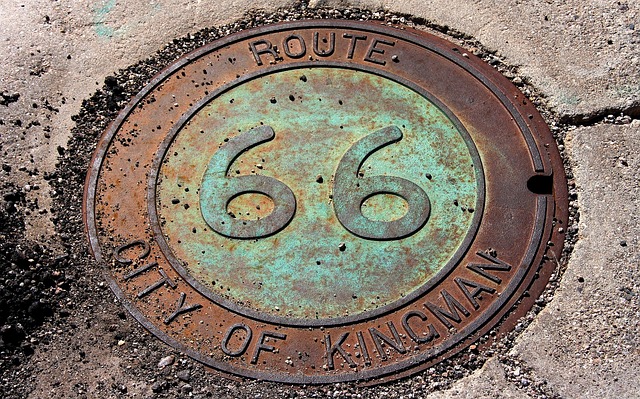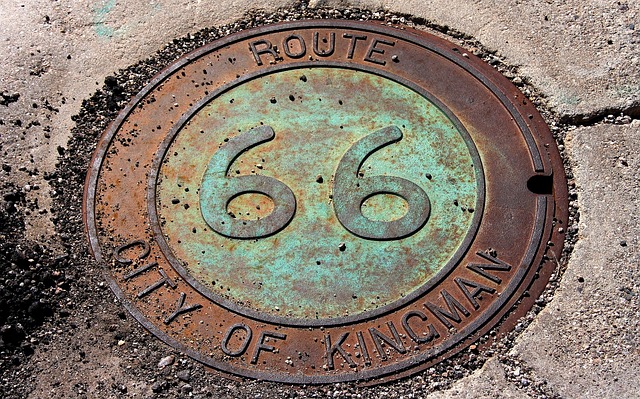Local museums preserve and share railroad history, offering unique glimpses into past community development, economic growth, and cultural changes driven by train arrival, with historic displays housed in real estate like train stations or warehouses, fostering a region's identity.
“Museums play a pivotal role in preserving local railroad history, offering a window into the past that shapes our present. This article delves into the significant contribution of these cultural institutions, exploring how they safeguard memories and influence community development. We examine the impact of railroads on both the built environment and cultural identity, highlighting their enduring legacy in real estate. Through restoration efforts, museums transform tracks into time capsules, narrating stories that resonate with today’s folks.”
Local Railroad History: A Museum's Role in Preserving Memories
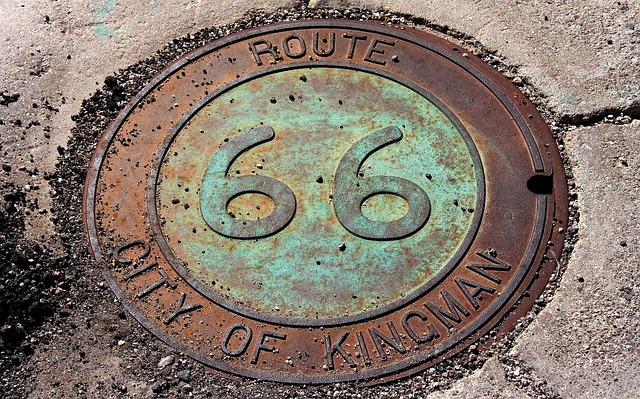
Local museums play a pivotal role in preserving and sharing the rich history of railroads, offering a unique glimpse into the past for both locals and visitors. These institutions serve as time capsules, showcasing the evolution of transportation and its impact on communities. By displaying artifacts, historical photographs, and interactive exhibits, they bring to life the stories of bygone eras when railroads were the backbone of travel and commerce.
The preservation of local railroad history is not merely about displaying old trains or relics; it’s about narrating the community’s journey. Museums can highlight the social, economic, and cultural changes brought about by railroads, from the construction of tracks to the everyday lives of people who relied on them. This historical narrative becomes an integral part of a region’s identity, especially in areas where railroad real estate was once vibrant and central to daily life.
The Impact of Railroads on Community Real Estate and Culture
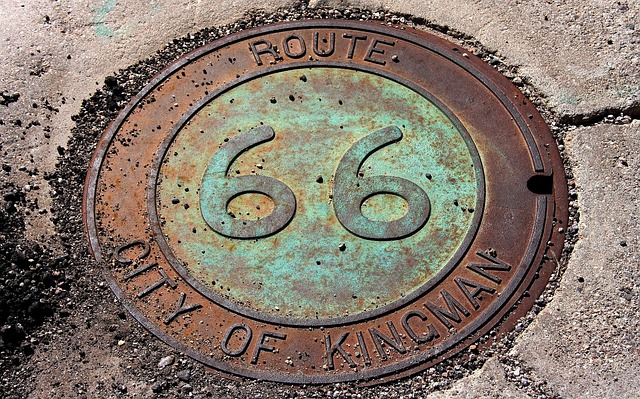
Railroads have had a profound impact on community development, transforming landscapes and shaping real estate values across the nation. The arrival of trains brought about significant changes in urban planning and architecture. Cities and towns began to expand, with new neighborhoods sprouting up near train stations, creating vibrant hubs of activity. The accessibility and efficiency of rail transport spurred economic growth, attracting businesses and industries that further fueled local economies.
Culturally, railroads left an indelible mark on communities, becoming integral parts of their identity. They facilitated the movement of people, ideas, and goods, fostering connections between diverse regions. Local traditions, folklore, and even art forms often reflect the railroad’s influence, with stories passed down through generations about the iron horses that once rumbled through town. The legacy of railroads continues to shape both the physical and cultural fabric of communities, making their preservation in local museums all the more relevant.
Restoring Tracks: Museums as Time Capsules for Historical Narratives
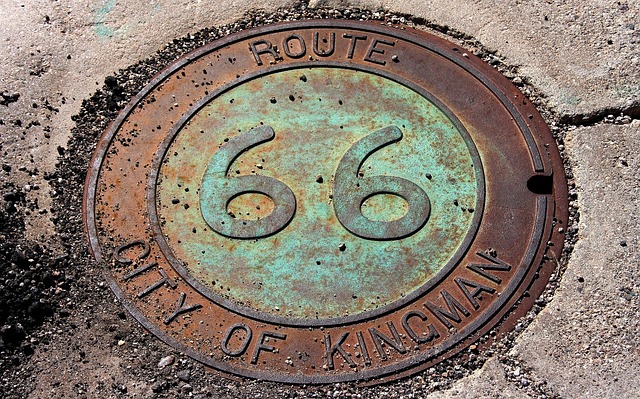
Museums act as time capsules, preserving the intricate tapestry of local railroad history and offering a glimpse into the past for future generations. Restoring tracks, exhibits, and memories is a crucial task undertaken by these cultural institutions. By showcasing vintage locomotives, artifacts, and interactive displays, they bring to life the stories of bygone eras when railroads were the lifeblood of communities.
In terms of real estate, museums often occupy historic train stations or warehouses, seamlessly integrating their exhibits with the local landscape. These spaces not only serve as repositories for historical objects but also as educational hubs that foster an appreciation for the role railways played in shaping urban and rural landscapes. Through immersive experiences, they connect contemporary audiences to the historical narratives that continue to resonate today.


